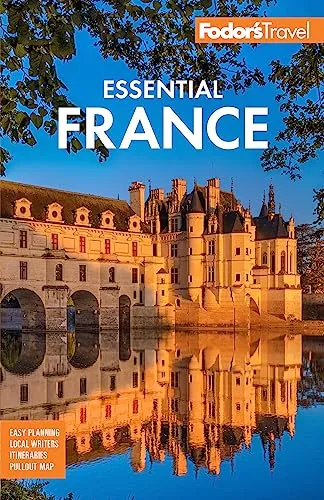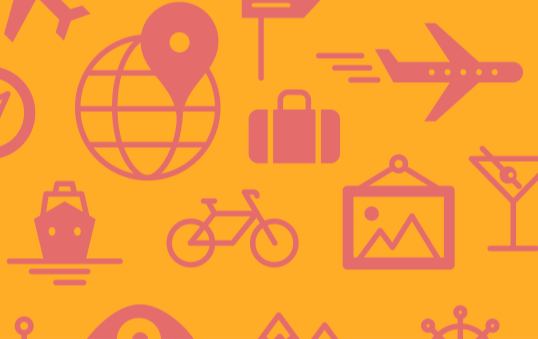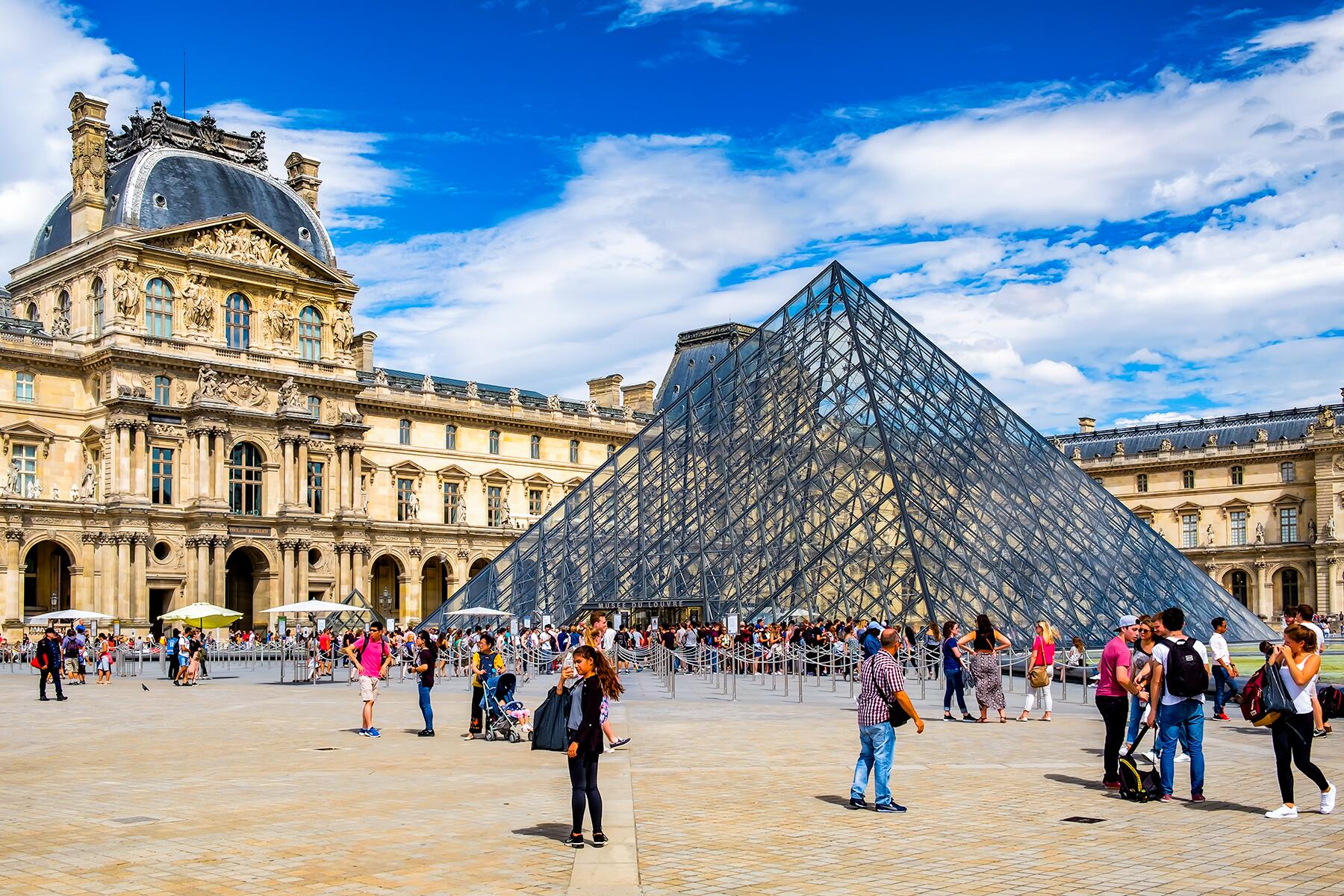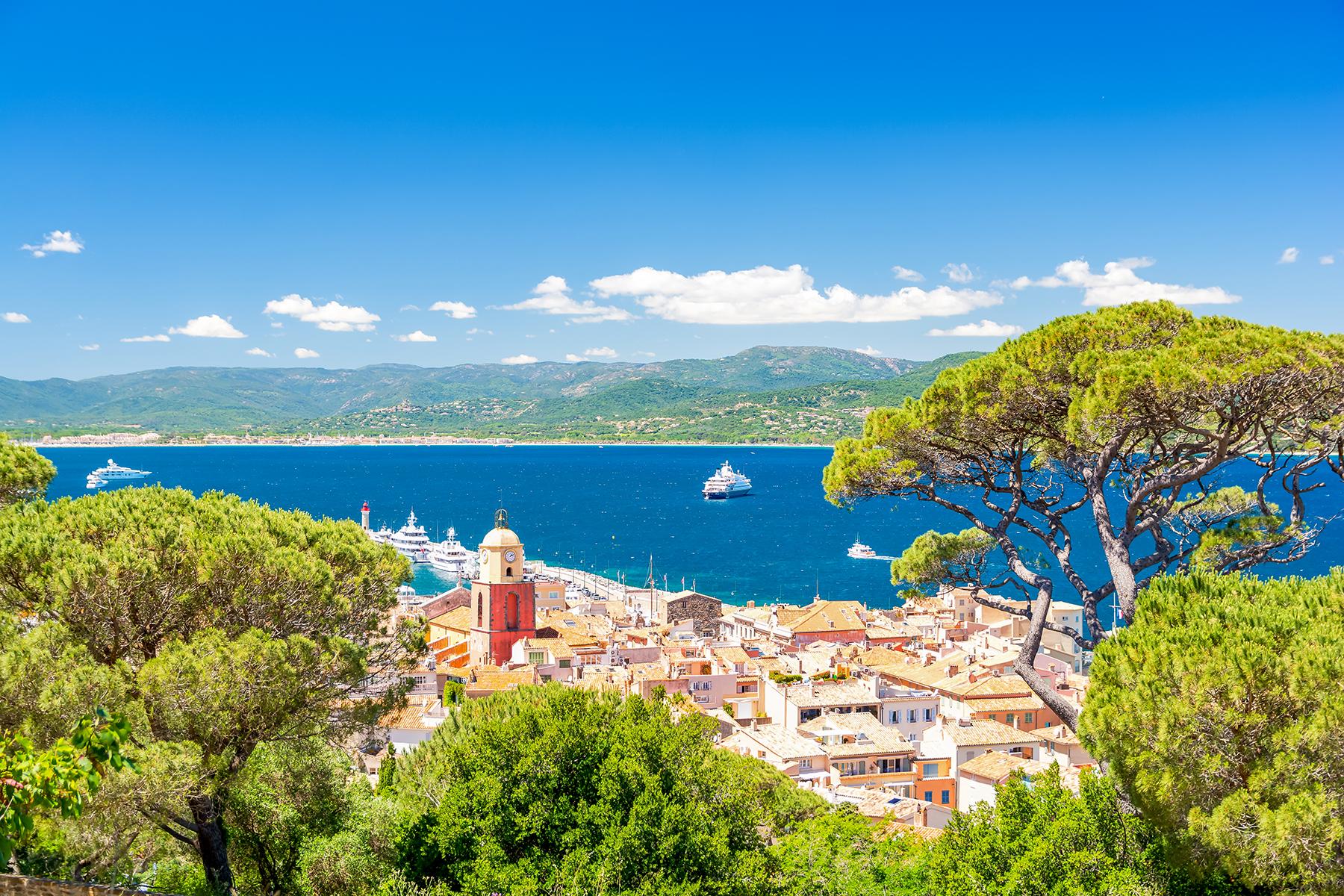Alsace-Lorraine
Alsace-Lorraine
Only the Rhine separates Germany from Alsace-Lorraine, a region that often looks German and even sounds German. But its heart—just to prove how deceptive appearances can be—is passionately French. One has only to remember that Strasbourg was the birthplace of the Marseillaise national anthem to appreciate why Alsace and Lorraine remain among the most intensely French of all France's provinces.
No matter how forcefully the French tout its Frenchness, though, Alsace’s German roots do run deep, as one look at its storybook medieval architecture reveals. Gabled half-timber houses, ornate wells and fountains, oriels (upstairs bay windows), storks' nests, and carved-wood balustrades—all calling to mind the Brothers Grimm—will satisfy a visitor's deepest craving for Old World Germanic at...
Read MoreOnly the Rhine separates Germany from Alsace-Lorraine, a region that often looks German and even sounds German. But its heart—just to prove how deceptive appearances can be—is passionately French. One has only to remember that Strasbourg was the birthplace of the Marseillaise national anthem to appreciate why Alsace and Lorraine remain among the most intensely French of all France's provinces.
No matter how forcefully the French tout its Frenchness, though, Alsace’s German roots do run deep, as one look at its storybook medieval architecture reveals. Gabled half-timber houses, ornate wells and fountains, oriels (upstairs bay windows), storks' nests, and carved-wood balustrades—all calling to mind the Brothers Grimm—will satisfy a visitor's deepest craving for Old World Germanic atmosphere. Strasbourg, perhaps France's most fascinating city outside Paris, offers this and urban sophistication as well.
Lorraine, on the other hand, has suffered a decline in its northern industry, and the miseries of its small farmers have left much of it tarnished and neglected—or, as others might say, kept it unspoiled. Yet Lorraine's rich caches of verdure, its rolling countryside dotted with mirabelle (plum) orchards and crumbling-stucco villages, abbeys, fortresses, and historic cities, such as the Art Nouveau center Nancy, offer a truly French view of life in the north. Its borders flank Belgium, Luxembourg, and Germany's mellow Mosel (Moselle in French). Home of Baccarat and St-Louis crystal (thanks to limitless supplies of firewood from the Vosges Forest), the birthplace of Gregorian chant, Art Nouveau, and Joan of Arc, Lorraine-the-underdog has much of its own to contribute.
The question remains: who put the hyphen in Alsace-Lorraine? Alsace's strip of vine-covered hills squeezed between the Rhine and the Vosges Mountains started out being called Prima Germania by the Romans, and belonged to the fiercely Germanic Holy Roman Empire for more than 700 years. West of the Vosges, Lorraine served under French and Burgundian lords as well as the Holy Roman Empire, coming into its own under the powerful and influential dukes of Lorraine in the Middle Ages and Renaissance. Stanislas, the duke of Lorraine who transformed Nancy into a cosmopolitan Paris of the East, was Louis XV's father-in-law. Thus Lorraine's culture evolved as decidedly less German than its neighbor to the southeast.
But then, in the late 19th century, Kaiser Wilhelm sliced off the Moselle chunk of Lorraine and sutured it, à la Dr. Frankenstein, to Alsace, claiming the unfortunate graft as German turf—a concession after France's 1871 surrender in the Franco-Prussian War. At that point the region was systematically Teutonized—architecturally, linguistically, culinarily—and the next two generations grew up culturally torn. Until 1918, that is, when France undid its defeat and reclaimed its turf. Until 1940, when Hitler snatched it back and reinstated German textbooks in the primary schools. Until 1945, when France once again triumphantly raised the bleu-blanc-rouge over Strasbourg. Today, the Alsace-Lorraine region remains both officially and proudly French.
Recommended Fodor’s Video
Hotels
Things to Do
Things to Do
Explore Things to Do
Find the perfect tours and activities in Alsace-Lorraine.
Where to Eat
Where to Eat
Need to Know
Need to Know
Language
FrenchNearby Airports
SXBElectrical Outlets
220v/50 cycles; electrical plugs have two round prongsCurrency
EuroLanguage
FrenchElectrical Outlets
220v/50 cycles; electrical plugs have two round prongsCurrency
EuroNearby Airports
SXBWhen to Go
Alsace is blessed with four distinct seasons and one of the lowest rainfalls in all of France—so anytime at all is the right time to visit....Read More
Neighborhood Guides
Discover the best neighborhoods in Alsace-Lorraine with curated recommendations from our editors.
essentials
transportation
resources
When to Go
Alsace is blessed with four distinct seasons and one of the lowest rainfalls in all of France—so anytime at all is the right time to visit....Read More
Neighborhood Guides
Discover the best neighborhoods in Alsace-Lorraine with curated recommendations from our editors.
When to Go
Alsace is blessed with four distinct seasons and one of the lowest rainfalls in all of France—so anytime at all is the right time to visit....Read More
Neighborhood Guides
Discover the best neighborhoods in Alsace-Lorraine with curated recommendations from our editors.
essentials
transportation
resources
Articles
Articles See All
Guidebooks
Guidebooks
Our worldwide travel correspondents bring you the best and most up-to-date coverage of over 7,500 global destinations.
Shop NowFodor's Essential France
For over 80 years, Fodor's Travel has been a trusted resource offering expert travel...














